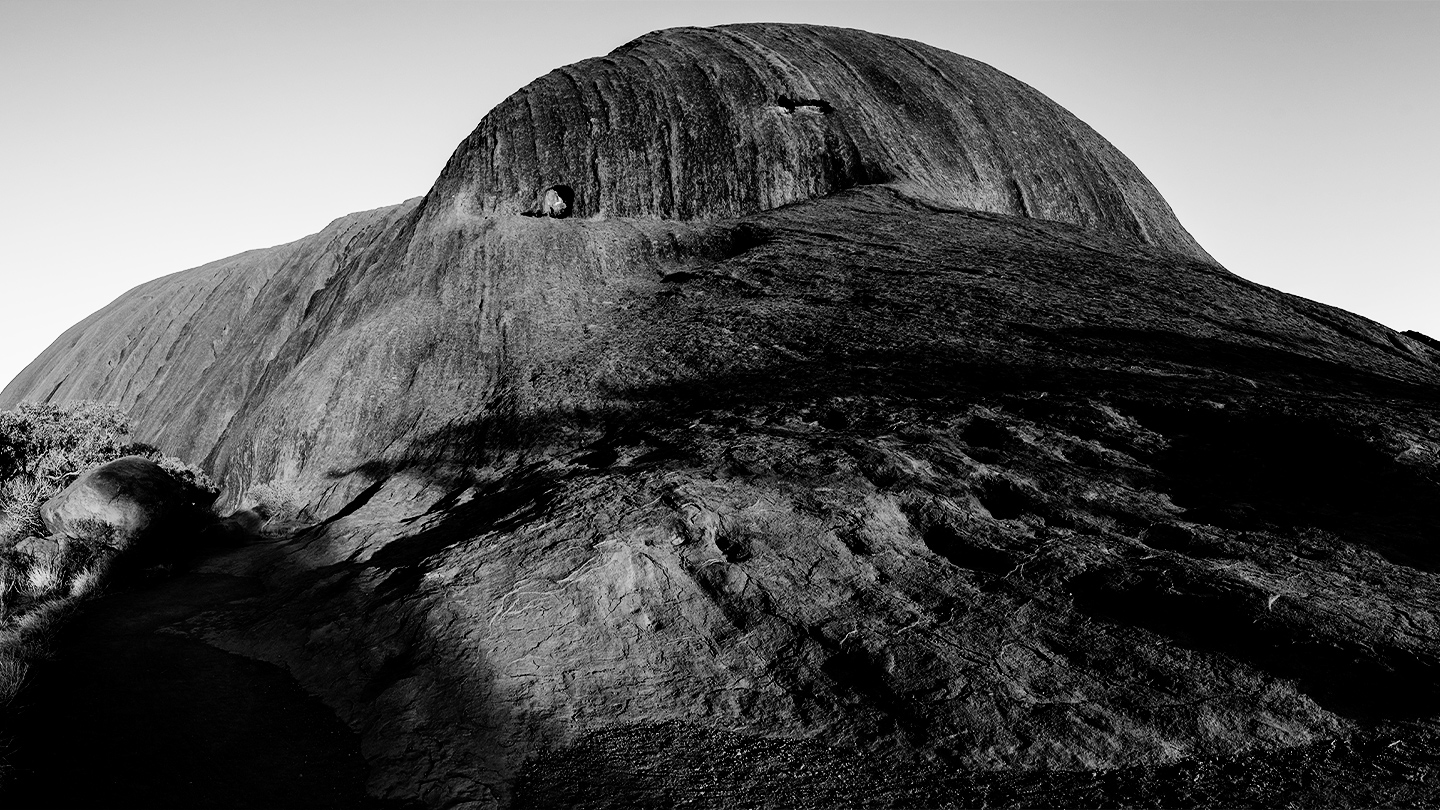Land Clearing 1788-present
As soon as the First Fleet arrived, the British began clearing the land. There was limited regulation of this clearing which caused environmental degradation and damaged cultural and spiritual connections to Country. From the 1920s laws were made to protect some vegetation however it was not until 1997 that laws started to include Aboriginal people in native vegetation management.
Upon arrival of the First Fleet to the east coast of the Australian continent in 1788, the clearing of land ‘for the people and for erecting store-houses was begun’ (, see also ).
Land clearing was encouraged under instructions from King George to Governor Phillip, who was empowered to grant land to freed convicts provided that they ‘proceed to the cultivation and improvement’ of the land (). It was otherwise largely unregulated, with any restrictions aimed at protecting trees either for future exploitation or to curb soil erosion impacts which had been recorded by 1803 (, , ).
Ringbarking, which involved ‘girdling’ trees to destroy them, was practised from the earliest years of colonisation and accelerated in the 1860s and 1870s ().
In 1875, ringbarking on Crown land without the Minister’s permission was prohibited by the Crown Lands Regulations 1875 () and subsequent laws (, , ). When debating the 1881 law, Parliamentarians spoke of the value of land that had been ring-barked ().
Between 1788 and 1921, the government permitted ringbarking of tens of millions of acres of land (, , , ), significantly altering the landscape and resulting in the clearing of an estimated 44% of NSW by 1921 ().
The detrimental environmental impacts of land clearing, including habitat destruction, species extinction, and increased bushfires, were widely acknowledged by the early 20th century (, , ).
Throughout the 20th century, sporadic efforts were made to protect native flora, with laws introduced to protect select plants and establish fauna reserves (, , , , ). Towards the late 20th century and into the 21st century, species and planning laws began to provide some protection to natural habitats ().
In 1997, due to the 'serious issues' caused by previous land management frameworks (), the Government introduced the Native Vegetation Conservation Act 1997 (NSW) () to conserve native vegetation. This law acknowledged Aboriginal people for the first time by establishing advisory bodies that included two representatives of Aboriginal interests ().
The Native Vegetation Act 2003 (NSW) replaced the 1997 law, creating new rules for the management of native vegetation (, ). It permitted native vegetation clearing for traditional Aboriginal cultural activities (except commercial activities) ‘carried out by or on behalf of the landholder’ (). It also removed the advisory bodies created under the 1997 law and replaced them with a single Advisory Council. This Council was established by Government, not under law. In Parliament the Government said the Council would include representatives of the Aboriginal community ().
The Local Land Services Amendment Act 2016 (NSW) () replaced the Native Vegetation Act 2003 (NSW). It allowed the clearing of native vegetation for ‘a traditional Aboriginal cultural activity’.
For a deeper understanding of the importance of native plant species and the management of native vegetation to Aboriginal people, refer to the Discussion and Analysis, and Case Study documents.
For further details on the involvement of Aboriginal rangers in fire management, which includes the protection of fire-sensitive species, see SUB0521 Fire Management.
To learn more about the inclusion of Aboriginal people in land management within National Parks, see SUB0450 National Parks.
The law and policy in this subject is accurate as of 1 July 2024.
